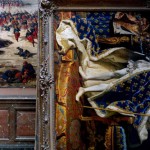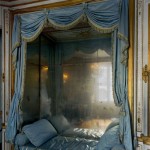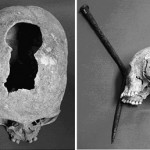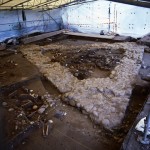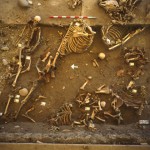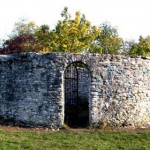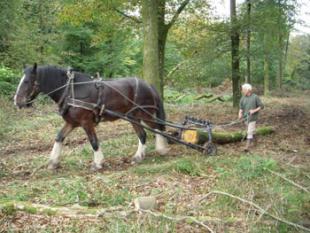Versailles has been undergoing a massive renovation the past four years, renovations that are projected to continue until at least 2020.
The Hall of Mirrors was reopened last year to great fanfare, but I’ve found a more unassuming but equally fascinating testament to the restoration work that’s been done.
Architectural photographer Robert Polidori has been photographing Versailles over the past two decades using a large format camera. Here’s a sample of some of those pictures.
He’s really captured the moment of transition, hasn’t he? Not only is the subject exquisitely beautiful, but it’s such a unique view: plastic-covered canopy beds, the Sun King’s legs on a giant portrait laid horizontally, dramatic vistas of almost empty rooms.
He’s coming out with a monograph collection of the pictures. Sixty-three smackers is a little rich for my blood, but I’m sure it’s worth it.
